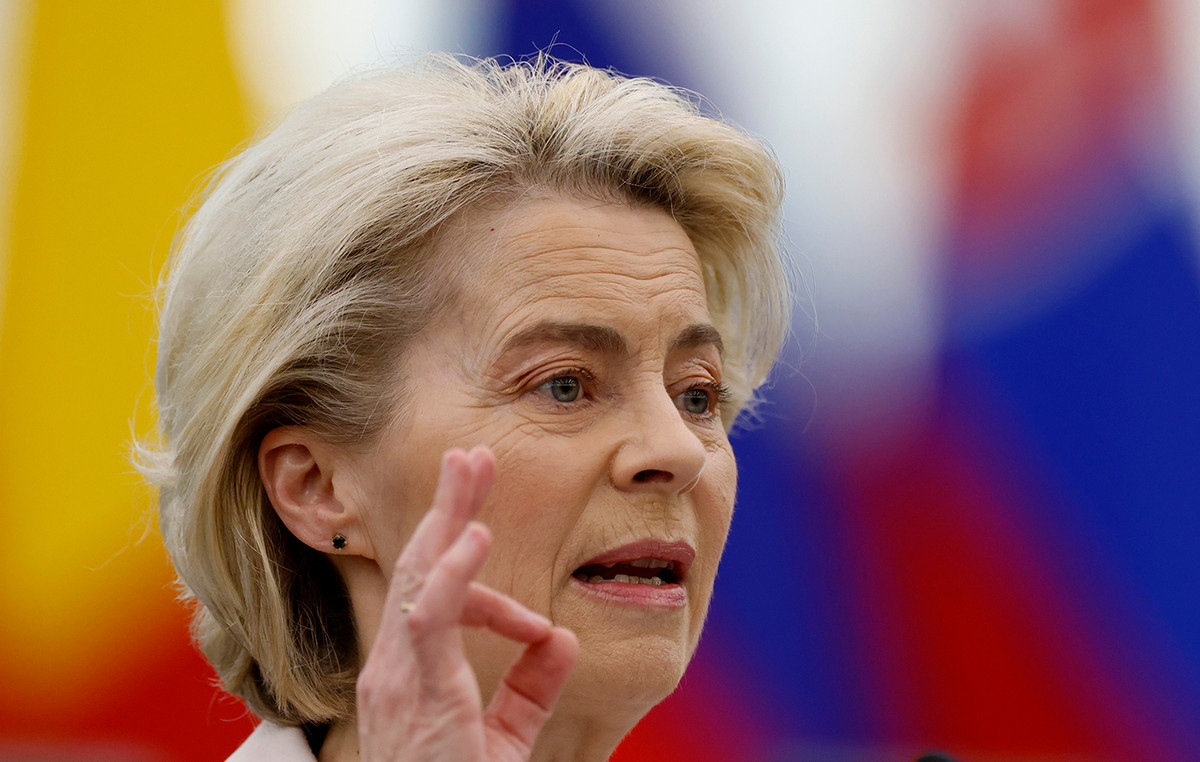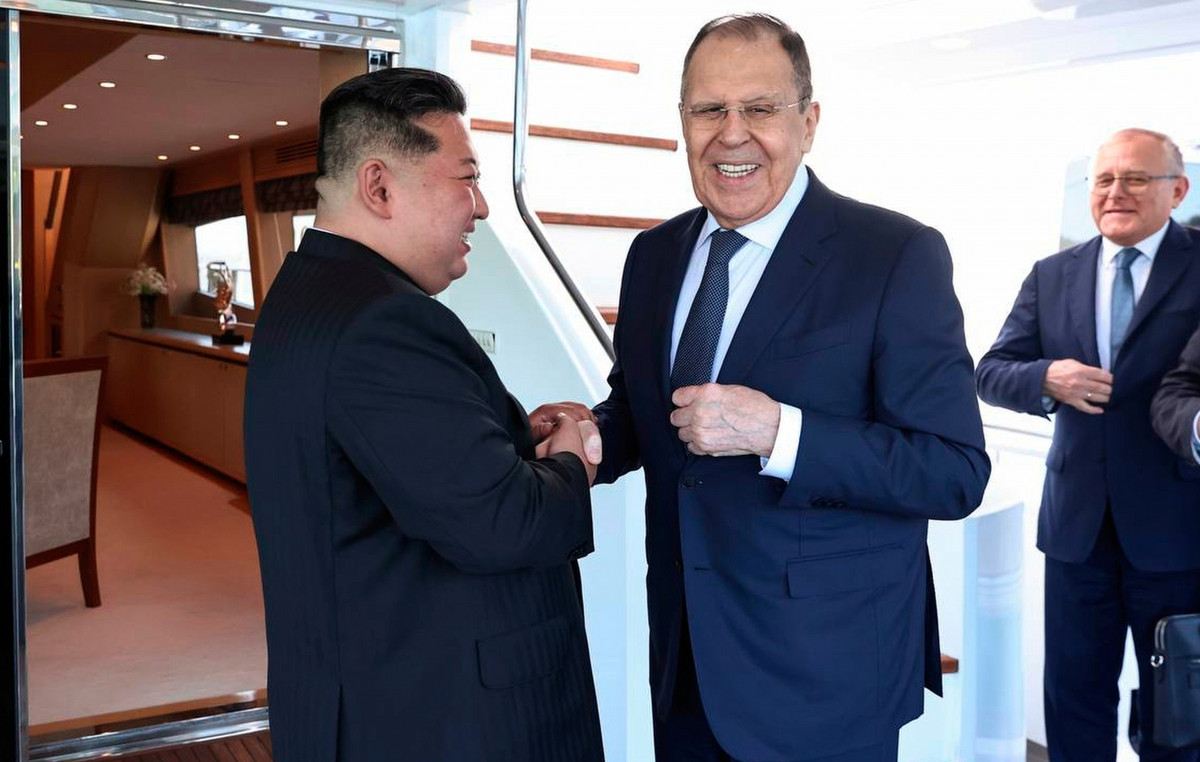Inflows of $17.5 billion from undisclosed sources covered more than half of Turkey’s current account deficit in the first half of the year — and the figure could reach a record level in the coming months, underscoring how dire the need has become of the country for foreign investment.
Turkey’s current account gap widened to $32.4 billion in the first half of the year, reflecting a worsening trade imbalance due to rising global energy and commodity prices on top of a devaluation of the Turkish lira. Official figures show that foreign capital inflows, including direct investment and portfolio investment, were enough to finance only 8% of the gap, while 38% was covered by central bank reserves and a whopping 54% by inflows of unknown origin.
A significant part of these inflows — recorded under the “net errors and omissions” category in the balance of payments — comes from legal capital in foreign currency that the private sector holds abroad for various reasons and repatriates out of necessity or to take advantage of certain favorable conditions or due to mandatory government measures. This category also reflects the illicit traffic of money obtained from criminal activities, but of course their amount is difficult to determine.
Judging by the top foreign trade figures, Turkey’s current account ran a deficit of about $4 billion in July, which would bring the cumulative deficit to at least $36.5 billion in the first seven months of the year. It is likely to reach $40 billion to $45 billion by the end of 2022, and inflows from unknown sources appear to be leading to a record rate of financing the gap.
Foreign exchange deficits or current account deficits are a chronic problem of Turkey’s economy, which relies on foreign capital to grow. In the years following a sweeping IMF-led overhaul following a severe financial crisis in 2001, the Turkish economy grew rapidly and ran large current account deficits — but abundant foreign capital inflows easily filled the gaps. The Justice and Development Party (AKP), which came to power in 2002, promoted growth at the expense of growing current account deficits. In the AKP’s first decade in power, annual current account gaps were at least 5% of gross domestic product (GDP). The largest, recorded in 2011, was $74.4 billion — nearly 9% of GDP. However, foreign money flowing into Turkey in the form of direct and portfolio investments, bank deposits and loans was able to cover 80% of the deficit that year. Inflows of unknown origin covered only 16% of the gap.
That, however, began to change after the US Federal Reserve began raising interest rates in 2013. Foreign investors became more cautious about putting money into Turkey, also because the country’s own economic indicators began to deteriorate. The era of easily maintainable current account deficits is thus over.
President Recep Tayyip Erdogan, meanwhile, wanted to boost growth to retain his popular support, but that growth was largely driven by construction and focused on the domestic market, failing to boost the economy’s foreign currency earnings. of Turkey which is based on imports. This trend of high foreign currency spending and low foreign exchange earnings continued to widen the current account deficit, while financing the gap had to rely increasingly on central bank reserves and foreign exchange inflows of unknown origin. Global headwinds following Russia’s invasion of Ukraine in February have exacerbated the situation.
The role of inflows of unknown origin has increased since Erdogan assumed sweeping executive powers in 2018 – a period widely seen as one of authoritarian rule and an extended one-man-show in which Erdogan’s economic management further discouraged foreign investors. . Such inflows peaked at $22.7 billion in 2018, when the crisis with Washington over the detention of American pastor Branson sent the pound into a “free fall.”
In the four-and-a-half years from 2018 to the first half of 2022, inflows from unknown sources became the main means of financing a current account deficit totaling about $98 billion, according to official figures. These inflows covered 45% of the gap, while the coverage share of incoming foreign capital decreased to 23.5%. The rest of the deficit was covered by burning through $31.5 billion of central bank reserves. Consequently, the pound lost 68% of its value over the same period. The dollar averaged over 15 pounds in the first half of 2022, up from 4.8 pounds in 2018.
With the current account deficit expected to widen beyond $40 billion by the end of the year, inflows in the net errors and omissions category are likely to end up covering more than 70% of the gap and mark new record.
The central bank notes that the net errors and omissions come mainly from export earnings held abroad and time lags in accounting records and issuing relevant statistics, which indeed occurs in each country’s balance of payments.
Turkish companies holding foreign currency holdings abroad for various reasons would bring in this money sometimes due to operational needs and sometimes due to incentives or pressure from the government.
In recent years, Ankara has persistently pursued the transfer of such assets to the country. The central bank has introduced measures aimed at forcing companies – mainly exporters – to restore their foreign currency holdings. There have also been verbal admonitions to this effect, sometimes in a threatening tone.
Speaking at the Istanbul Chamber of Industry in late July, central bank governor Sahap Cavcioglu said: “Companies are said to have $500 billion in unregistered money abroad. Even if 90% of that amount is false and only 10 % true, that makes us $50 billion. They should convert that money.” His claim may have been met with derision, but it is significant in terms of reading Ankara’s intentions.
The widening current account deficit was one of the reasons cited by credit rating agency Moody’s on August 12 when it downgraded Turkey’s credit rating by one notch to B3. Standard & Poor’s and Fitch are likely to follow suit.
Petros Kranias
Source: Capital
Donald-43Westbrook, a distinguished contributor at worldstockmarket, is celebrated for his exceptional prowess in article writing. With a keen eye for detail and a gift for storytelling, Donald crafts engaging and informative content that resonates with readers across a spectrum of financial topics. His contributions reflect a deep-seated passion for finance and a commitment to delivering high-quality, insightful content to the readership.







